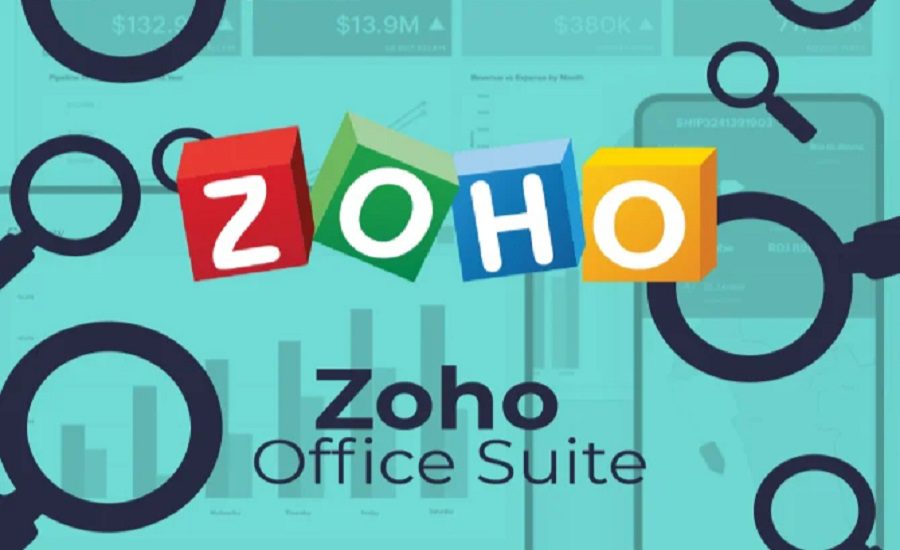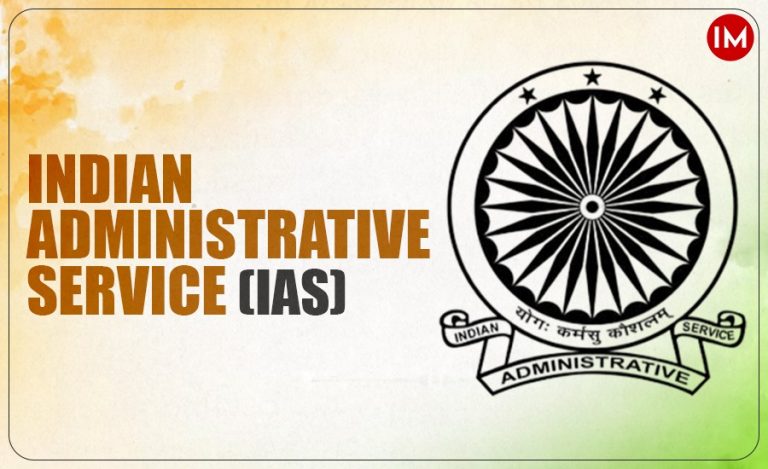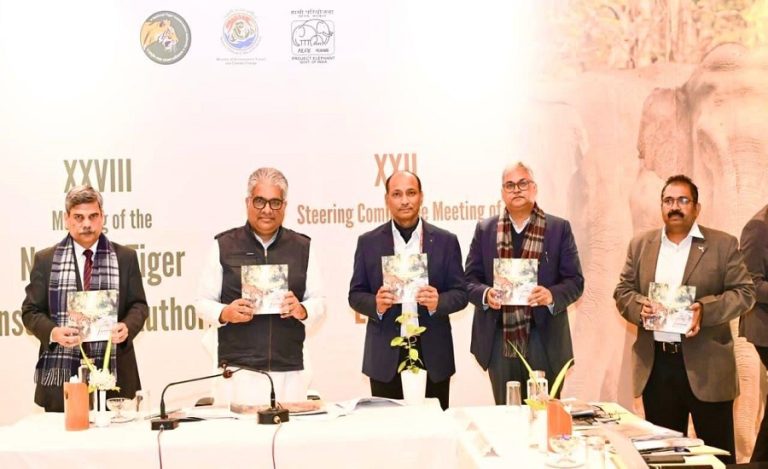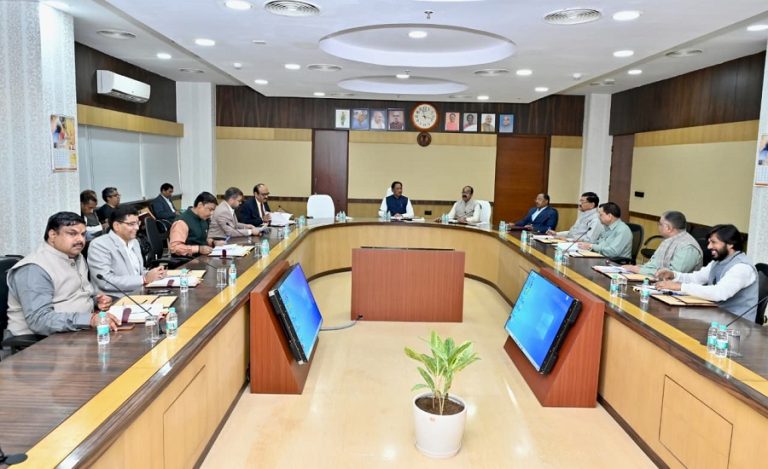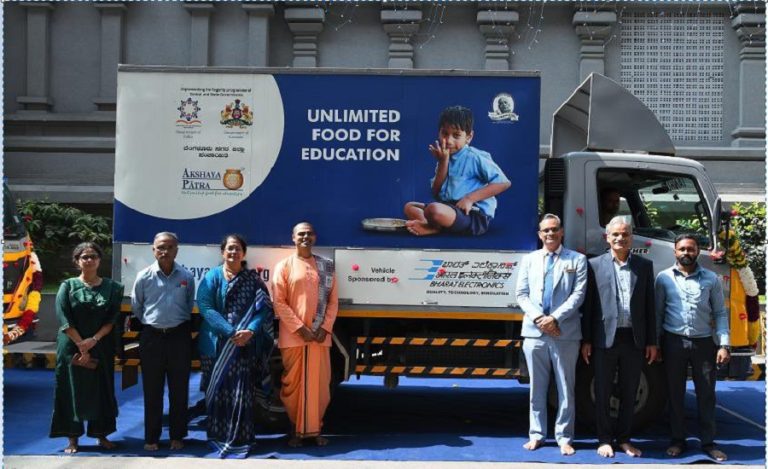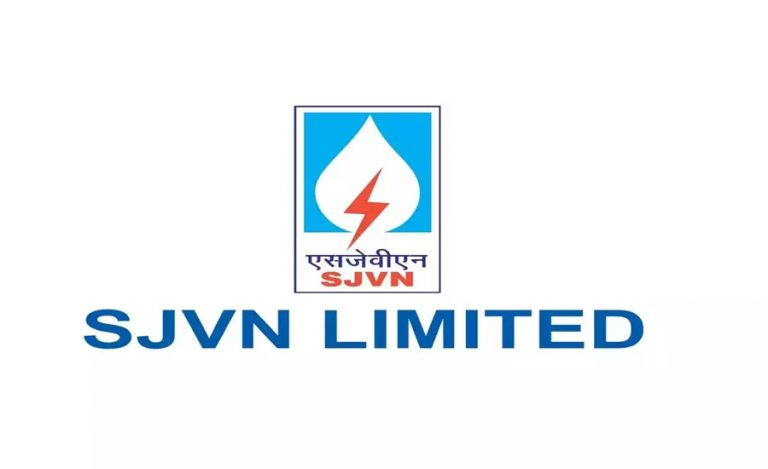New Delhi: In a significant move to boost digital sovereignty and promote homegrown technology, the Ministry of Education has officially mandated the use of Zoho Office Suite for all official document-related tasks. The transition aligns with the Government of India’s commitment to the Swadeshi movement and its larger vision of building an Atmanirbhar Bharat (Self-Reliant India).
A Step Towards Self-Reliance in Tech
According to the official memorandum issued by the Department of Higher Education, the adoption of Zoho’s indigenous productivity suite is a strategic step to reduce dependency on foreign software and encourage the development and use of Indian products.
The move is expected to bolster India’s position in the global digital economy by transforming the country “from a service economy into a product nation,” as stated in the circular.
What’s Changing?
All officers and staff under the Ministry of Education have been directed to:
- Create, edit, and share all official documents, spreadsheets, and presentations using Zoho Office Suite, now integrated with NIC mail.
- Familiarize themselves with Zoho’s collaborative tools to ensure effective adoption.
Reach out to the CMIS/NIC division for technical support and onboarding assistance (CMIS-311, NIC-335).
Integration with NIC Mail for Seamless Usage
The Zoho Office Suite has already been embedded within the NIC mail ecosystem, enabling smooth access without the need for separate logins or software installations. This integration is aimed at ensuring ease of use, secure data handling, and enhanced collaboration within government departments.
Strengthening Digital Sovereignty
By officially embracing Zoho, the Ministry underscores its dedication to data security, domestic innovation, and strategic autonomy in the digital space. Officials described the move as a “bold step” in reducing software import dependence and a move toward building a secure, scalable, and sovereign IT ecosystem.
Official Communication
The order was signed digitally by Nishant Upadhyaya, Under Secretary to the Government of India, and circulated to the Personal Secretaries of the Education Minister, Minister of State (SM), and Minister of State (JC), among other top-level officials.

